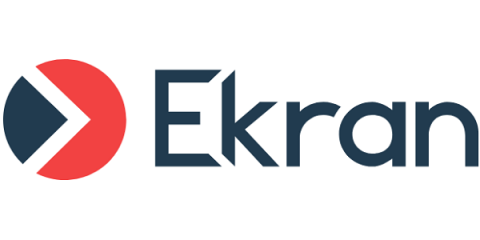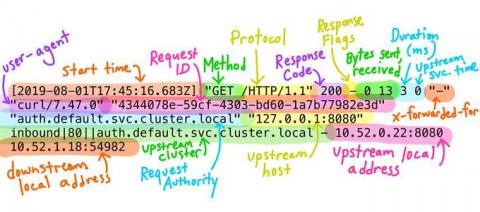Stories from the SOC - Cloud and On-site Protection
One of the benefits of having your managed detection and response (MDR) service managed by AT&T Cybersecurity is the visibility into threats from a large number of customers of all sizes and across different industries. This allows the team to take what they learn from one customer and apply it to another. Our security operation center (SOC) analysts were able to use an OTX alarm and an AWS correlation rule to discover open ports on public facing servers for two different customers in 24 hours.










